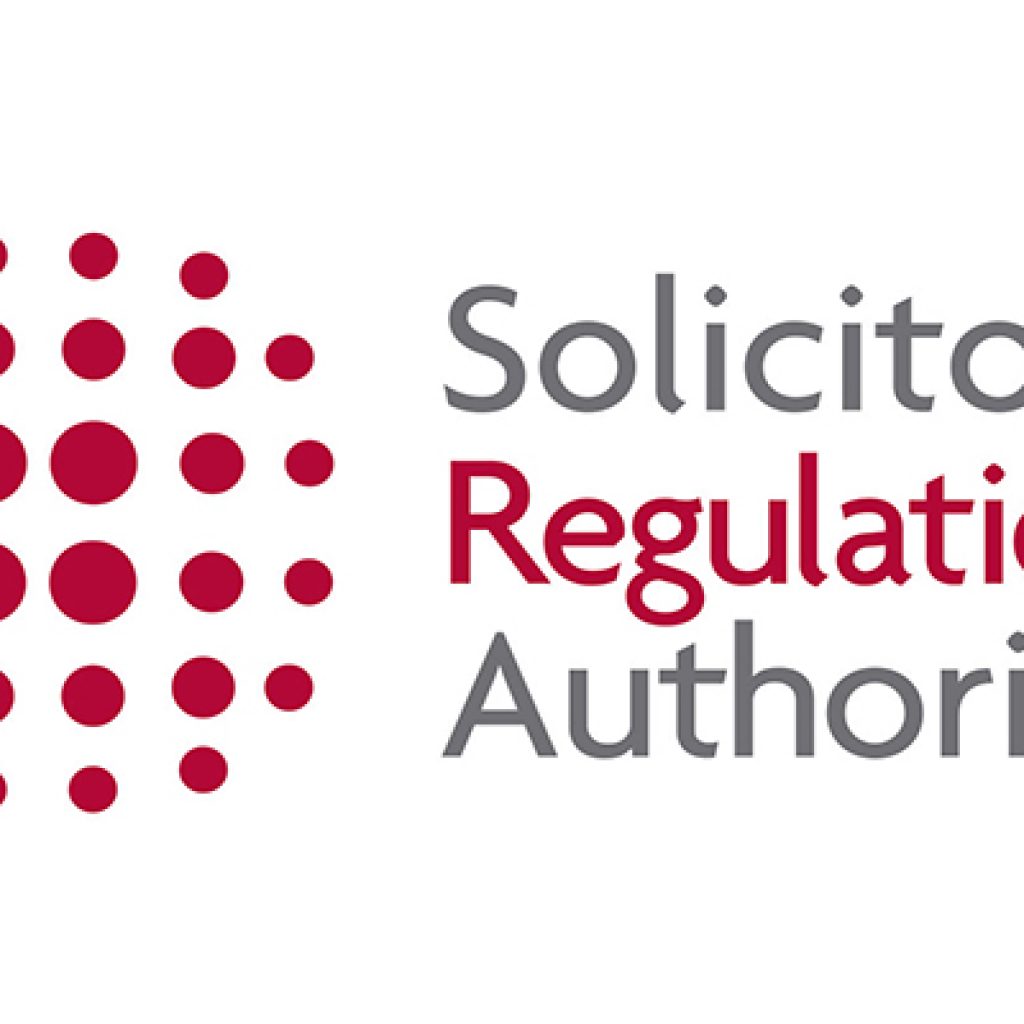Within the legal sector, email hacking within conveyancing transactions is the most commonly occurring cyber crime. According to the most recent analysis of SRA reports, client losses recorded in the last year have amounted to £7 million.
In the past 12 months, three quarters of reported cybercrime to the SRA have been a type of “Friday afternoon” fraud. This usually involves a fraudster intercepting emails, typically by hacking into an individuals’ email system. From this point, they may pose as the solicitor or client and send false bank details, so money is transferred to the criminal’s account. The SRA state that the majority of cases involve conveyancing, the dangers of which have been highlighted in the recent case of Howard Mollett.
Scams of this nature tend to occur on a Friday, due to completions taking place at this time. It also provides scammers with a greater window of opportunity to move the transferred funds without detection.
The SRA highlight the need for firms to report to them if they lose client information or money.
Further research undertaken by them indicates that a quarter of firms have been the target of cyber criminals, with almost a tenth of these incidences leading to money being stolen. The SRA urge that firms also report cases of this nature.
By doing this, the entirety of the sector can work collectively in order to minimise risk and improve safety for clients and firms.
The approach taken by the SRA is “constructive and engaged, particularly if firms take steps to make good any losses to the client, and are looking to learn from the incident.”
With an aim to assist law firms deal with the numerous risks which cybercrime poses, the SRA’s IT Security report provides advice on protecting all parties and offers guidance on the latest trends.
It highlights that the frequent presence of deception in cyber crime, means that firms should focus on people and training in addition to technology.
The full report can be accessed here.




















